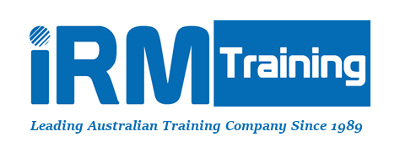While many large companies still describe their requirements using the written word, there is a huge amount of evidence that pictures (i.e. modelling languages) are a clearer and more reliable method of communication. A 2016 survey of Australian business analysts across 30 organisations (government, big business, SMEs) found that while 14% used one or more of the popular languages (DFD, UML, BPMN) regularly, the vast majority 76% did not or only very occasionally. This shows that a small number of…
Continue ReadingProcess Modelling 101
Not wishing to piggy back too much on My Kitchen Rules (currently screening on Australian television) but for business analysts who like cooking – and even those who don’t – here’s a fun exercise to practice your process modelling skills. If you like spending time in the kitchen, test your skills by translating something you’re familiar with into a process model. You’ll need to be objective and not rely on inside knowledge – just follow the instructions even if…
Continue ReadingThere’s More to Modelling than Runways and Catwalks
How often have you seen a TV clip from a fashion show – Milan, London, New York – and thought to yourself “What on earth are the models wearing?!”. Business analysts can be guilty of something similar. Sure it’s a model, but what does it mean, what’s it trying to say? In the fashion industry, models are used to communicate (to bring to life) a designer’s ideas and creations. But they also go one step further – helping us the…
Continue ReadingRequirements & Big Data Projects
With big data projects rapidly becoming mainstream for even medium-sized organisations, more and more business analysts need to understand the business drivers that underpin business analytics projects. This recent paper, Forward Thinking for Tomorrow’s Projects – Requirements for Business Analytics, by Joy Beatty and Karl Wiegers of Seilevel Inc. avoids most of the technology jargon and instead focuses on what’s important for the business analyst. It’s an excellent paper resource, which we recommend you read in order to keep up…
Continue ReadingThe Creative Business Analyst
Many of us are familiar with the process of business analysis – start by gathering requirements from stakeholders then turn them into a specification which developers can understand. These days however, we need to do more than just document the requirements. We need to work with stakeholders and business users to understand their systems and analyse their problems – why do you do it this way, why not that way? This is the real value-add that the analyst brings to…
Continue ReadingUML – Business Context
“Where does UML fit?” is a common question among new (and not so new!) business analysts. We all know that the M stands for modelling but beyond this, perceptions start to differ. In its current form (V2.0) UML consists of 13 diagram types all of which provide a different view of a system. In the following extract from our Modelling Requirements with Use Case & the UML course manual we’ll take a brief look at which of the 13 diagrams…
Continue ReadingProblem Analysis Techniques
This extract from IRM’s training material looks at how a structured approach to defining and analysing problems can be used as the basis for designing better solutions. Part 1 of this paper looks at problem definition. Part 2 introduces the reader to analytical techniques for determining the root cause of a problem. Read the full paper here: Problem Analysis Techniques (PDF Download)
